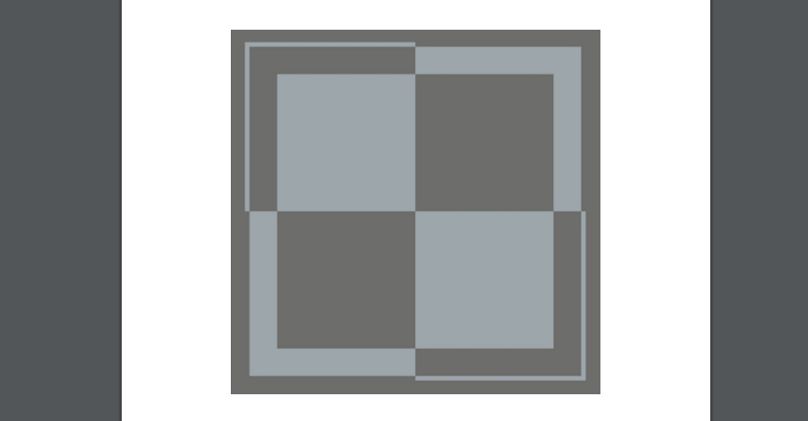A significant change is underway for the insignia of the Polish Air Force: a new low-radar signature checkerboard pattern is emerging, designed to ensure the country's F-35 jets can operate with maximum stealth.
The concept of camouflaging warplanes emerged during the Cold War era on the other side of the Atlantic.
"Tactical marking camouflage in the United States first emerged in the 1980s, starting with the renowned F-117 Nighthawk," said Kacper Bakuła of the Armament Agency in an interview with Euronews.
A consistent colour tone for aircraft markings was intended to make enemy recognition more difficult, drawing from lessons learned during World War II and the characteristic dogfights of that era, where enemy identification was relatively straightforward.
Proposed legislation in Poland's parliamentary body suggests applying the existing Polish camouflage scheme, a grey-and-white checkered pattern, for Poland's jet fighter planes on the condition that it serves security and operational needs.
"This is a need for the manufacturer, and also a demand of the modern battlefield," says Cezary Tomczyk, secretary of state in the Ministry of National Defence.
The camouflage patterns on fifth-generation fighter jets also aim to minimize detectability by radar systems, especially those belonging to potential adversaries of NATO allies.
"Not even the smallest feature on an aircraft's exterior body can remain unnoticed and conceal the nationality of the aircraft," explains Brigadier General Pilot Wojciech Pikuła, deputy inspector of the Air Force.
"The markings for these suits should be painted in camouflage colors that closely resemble the F-35's color scheme in order to blend in.
A government proposal was introduced in a meeting with parliament on Wednesday.

